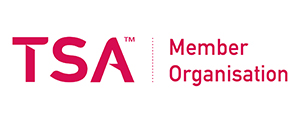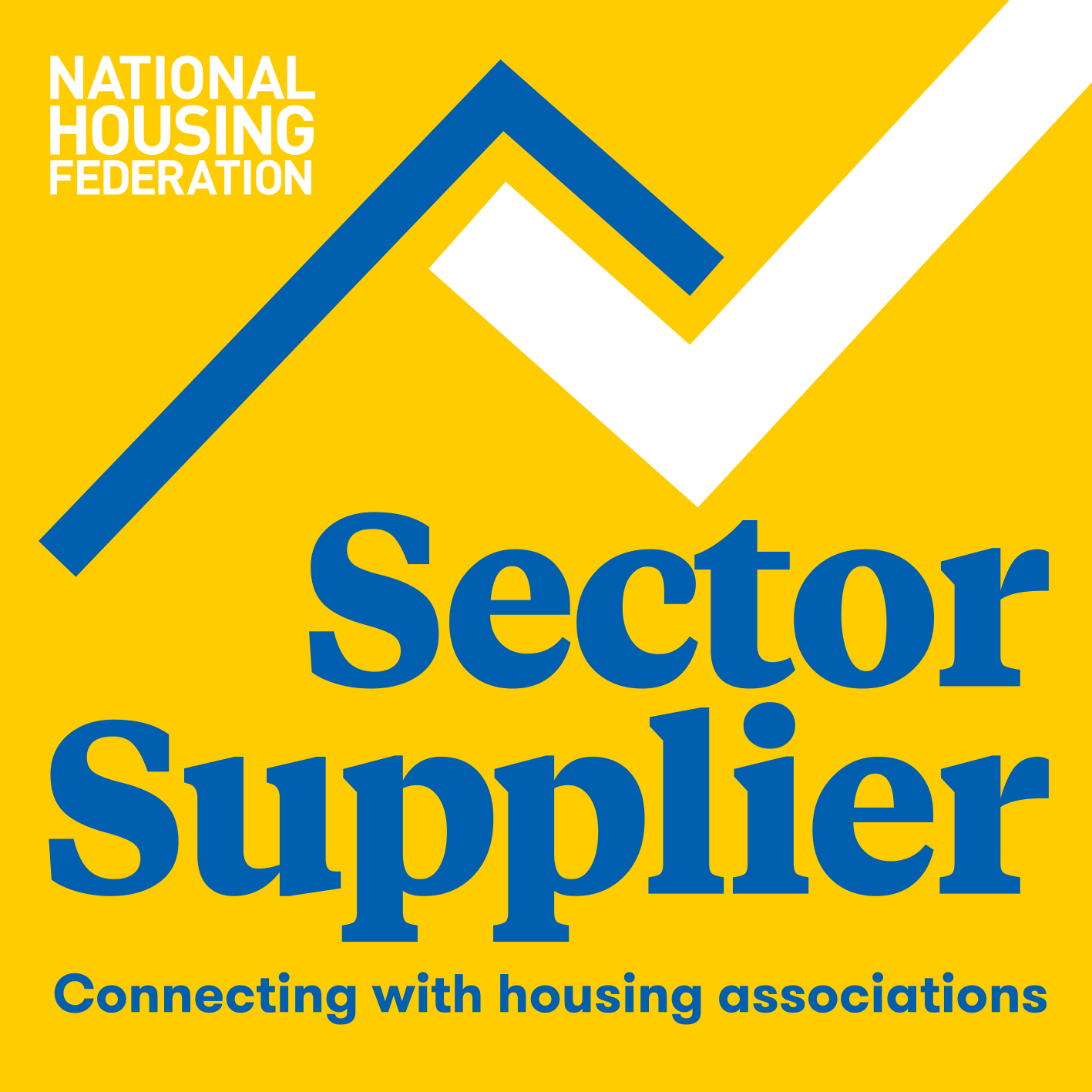News from Alertacall plus articles and insights on how to enhance outcomes for people with higher needs in the housing, health and social care sectors.
We all know that the devastating effects of the Grenfell fire brought the need for better fire safety to everyone’s attention. What has been at the forefront of the debate has been cladding, and the debates over who pays for the corrective work to make building safer are still not resolved.
 Although in the time since Grenfell, thankfully without the tragic consequences, there have been several other high profile fires, including Your Housing Group’s Beechmere development in Crewe, the MTV Worcester Park scheme, and more recently Orbit’s Crystal Court schemes, both in London.
Although in the time since Grenfell, thankfully without the tragic consequences, there have been several other high profile fires, including Your Housing Group’s Beechmere development in Crewe, the MTV Worcester Park scheme, and more recently Orbit’s Crystal Court schemes, both in London.
The impact on the sector is substantial. Optivo stated it was spending £80m on fire safety improvements and Clarion an eye watering £150m, equal to over £2000 for every property it owns. At the same time as needing to revise what are seen as appropriate construction materials, the use of alarms has also been under review.
The British Standard BS 5839-6 is the key reference standard for those assessing alarm requirements, outlining the specific systems that should be installed for the purpose of fire safety and property protection.
Alongside better construction materials BSI’s most recent update of the domestic fire detection and alarm system standards demonstrates there is much more that can be done to improve detection. It outlines the code of practice for the design, installation, commissioning and maintenance of fire detection and fire alarm systems. For sheltered and supported housing it is now recommended that the installation of a fire detection system is required throughout a property. Detectors should be included in all rooms and areas like halls and landing that may be used for evacuating premises. The only exceptions being bathrooms and toilets. It is thought that most properties in sheltered housing schemes currently do not conform to this standard, though the situation is certainly improving.
 Construction materials and fire safety and detection measures form two of the three critical components in improving fire safety and minimising the severity of outcomes. For housing providers there is also a third element – the need to ensure good communication with residents. Involving residents is essential in the creation of a comprehensive approach.
Construction materials and fire safety and detection measures form two of the three critical components in improving fire safety and minimising the severity of outcomes. For housing providers there is also a third element – the need to ensure good communication with residents. Involving residents is essential in the creation of a comprehensive approach.
The best communications plans will be able to include many health and safety notifications to residents. This not only helps with prevention activity, like alarm testing, but if the worst happens then there are steps that can be taken to ensure the outcomes are minimised. One of the most versatile communications systems to do this is Housing Proactive, a property management service from Alertacall.
Firstly, communications can be used to show fire safety videos, or show an individual’s evacuation point. Ideally, these should be reissued or updated on a routine basis, perhaps annually, as it is easy to forget such details. From time to time it can be helpful to remind people about actions that minimise a risk of a fire, or its consequences. For example, the testing of alarms.
Secondly, residents can be contacted in the event of alarm activation. According to several sources, the majority of alarm activations are false. Furthemore, there are a significant number of ‘repeat offenders’, having several false alarms in a single year. Advanced smoke and fire detection devices can significantly reduce the likelihood of false alarms. Even so, there will be significant benefits to contacting residents to investigate the causes for this, and targeting these properties to reduce the likelihood of further false alarms.
Finally, if there is a fire then it is important to urgently contact residents. The Housing Proactive service has the ability to communicate with hundreds of residents within minutes. This may ask them to evacuate their properties immediately if they are directly at risk. In the case of a nearby fire where the individuals are not directly a risk, advising that doors and windows should be closed, or not to go out, may be desirable (and then, of course, to communicate again to give the ‘all clear’). After the event the service can then be used to provide updates to residents or to advise if any areas are still unsafe or unusable.
- Prompt residents to test their alarms (or inform them a team member will be visiting to do this)
- Communicate fire safety messages
- Investigate alarm activations

- Show points of evacuation for each property
- Issue fire safety videos
- Issue emergency communications, such as evacuate the building
- Keep residents informed in the event of a fire (if they are not in life threatening danger)
Housing Proactive, Alertacall’s housing management system, is used by around 50 housing providers in the UK to increase contact with older residents and those with additional needs for more effective property management.
The service operates 365 days a year and enables housing teams to significantly improve resident communication, enhance service delivery, and create cost and time saving efficiencies.
To access the service, residents are given a specially designed device installed in their property – all have our unique ‘OKEachDay’ button (the concept of an ‘OK’ button was pioneered by Alertacall). Customers press the OKEachDay button on one of our devices to confirm everything is ok at their property, or they are called by a friendly and knowledgeable advisor.
Data around service interactions is recorded and provides a range of housing management reports in real-time via secure online reporting.
For more information on how Housing Proactive is helping social housing providers increase resident engagement for better fire safety outcomes, contact Martin Cutbill, Director, on contact@alertacall.com, or call 0808 208 1234.








